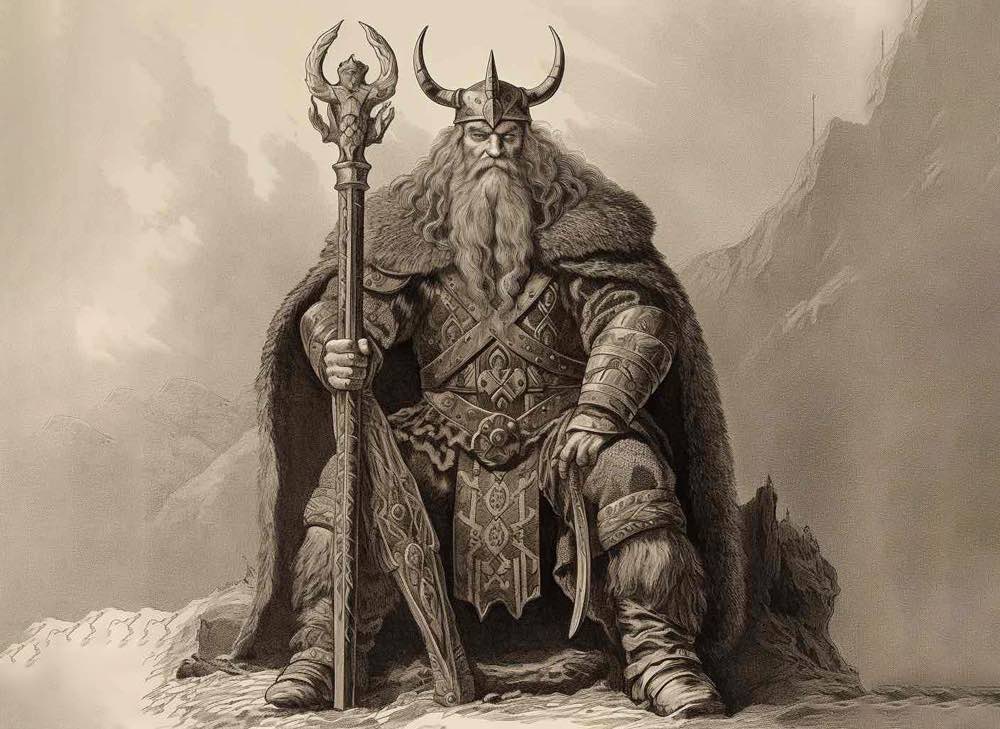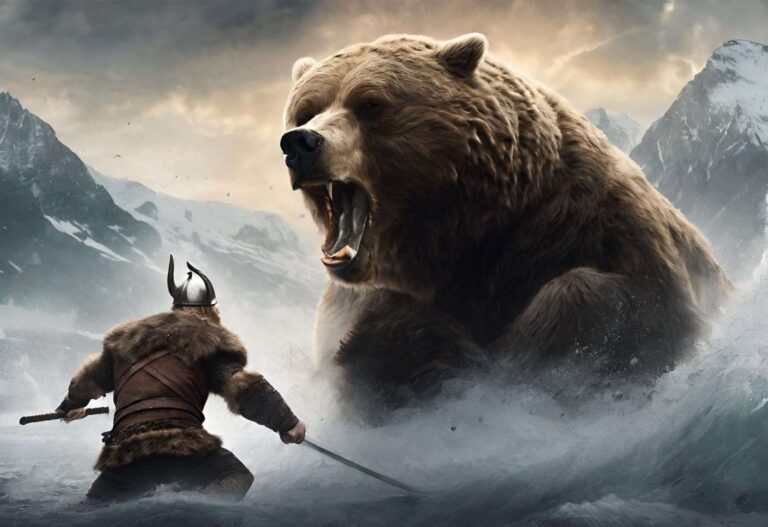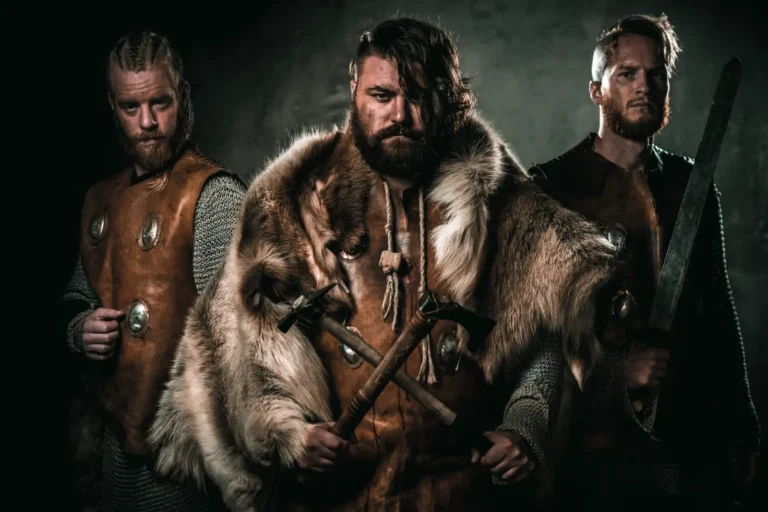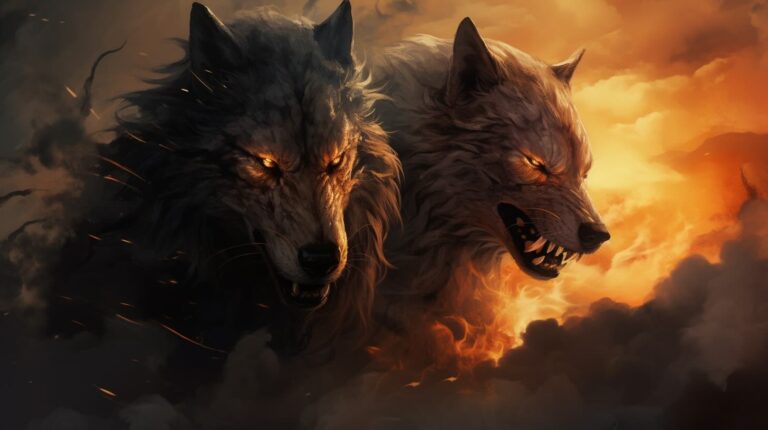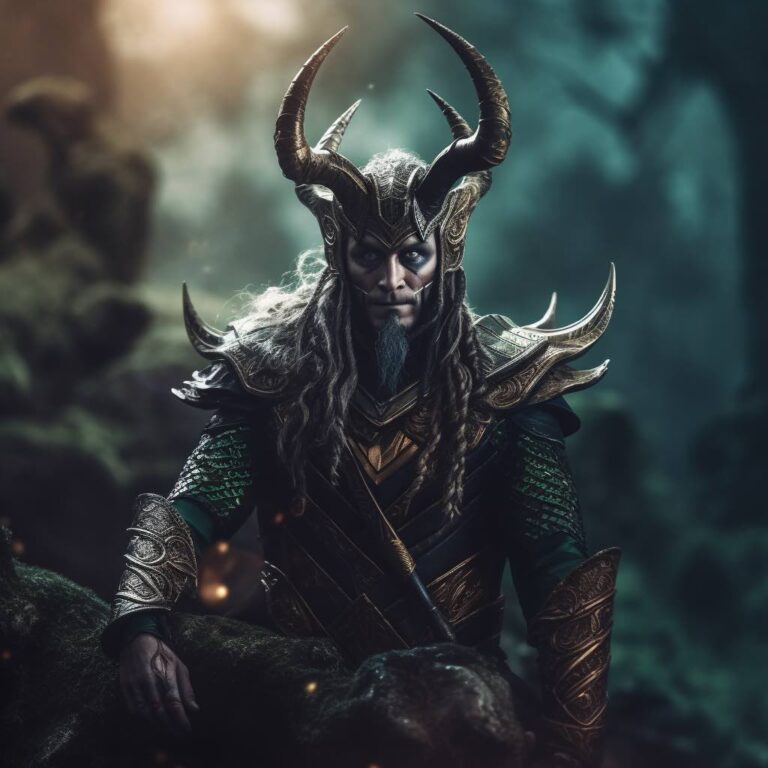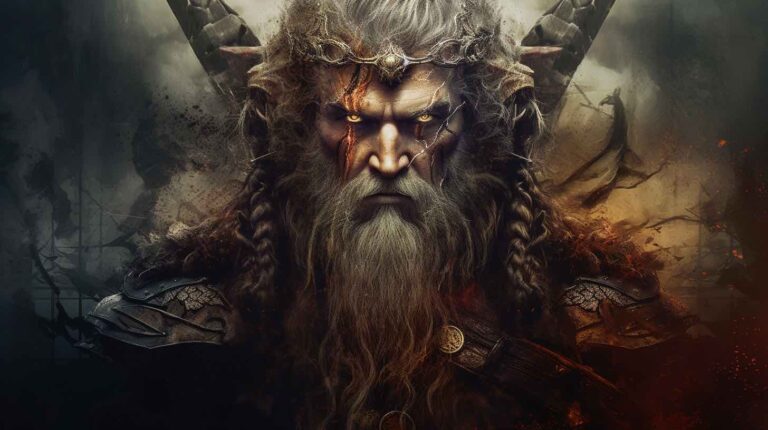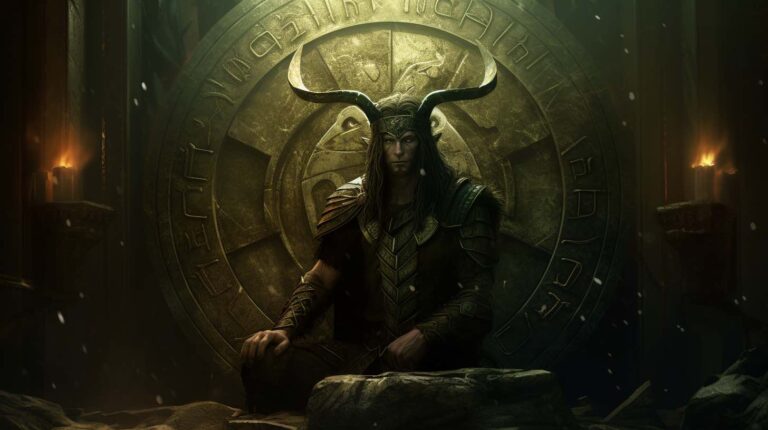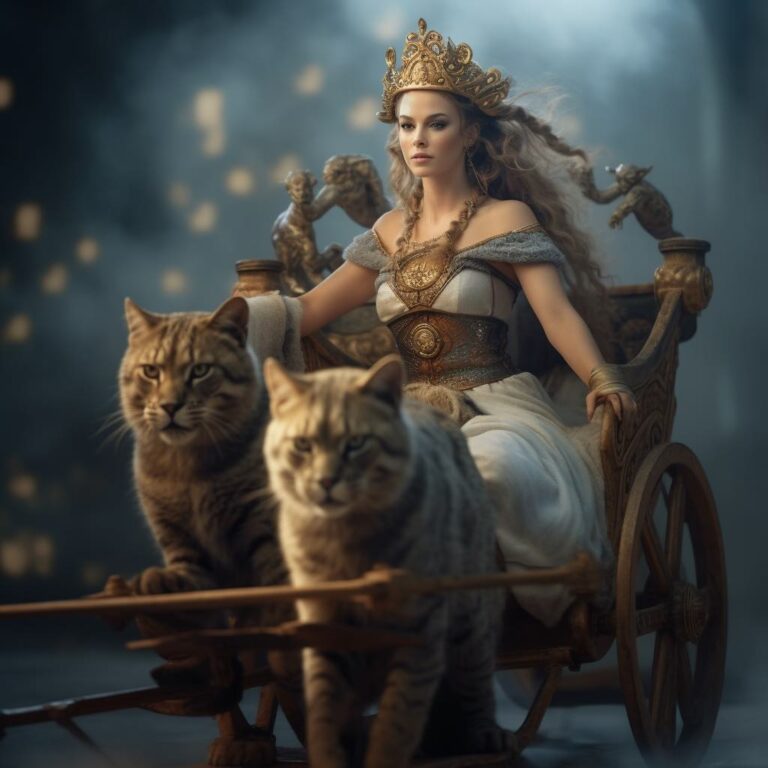Odin is perhaps the most famous Viking God. Also known as the Allfather, this powerful god is known for its incredible power and mystery. Odin has a rich mythology and is a complex and interesting character. He is the creator of both humans and gods, and the ruler of Asgard. This article tells you about the symbol of Odin: the Valknut, and explores the intriguing ties to wolves, ravens, and other symbolism.
Odin Symbol: The Valknut
Odin is associated with a number of symbols that reveal his complex nature and heavenly attributes. Perhaps the most well known symbol connected to Odin is the Valknut, also known as the “Knot of the Slain”. This symbol is made of three interlocking triangles, which are said to represent Odin’s authority over life and death as well as his role in guiding warriors who have died away in reaching Valhalla.
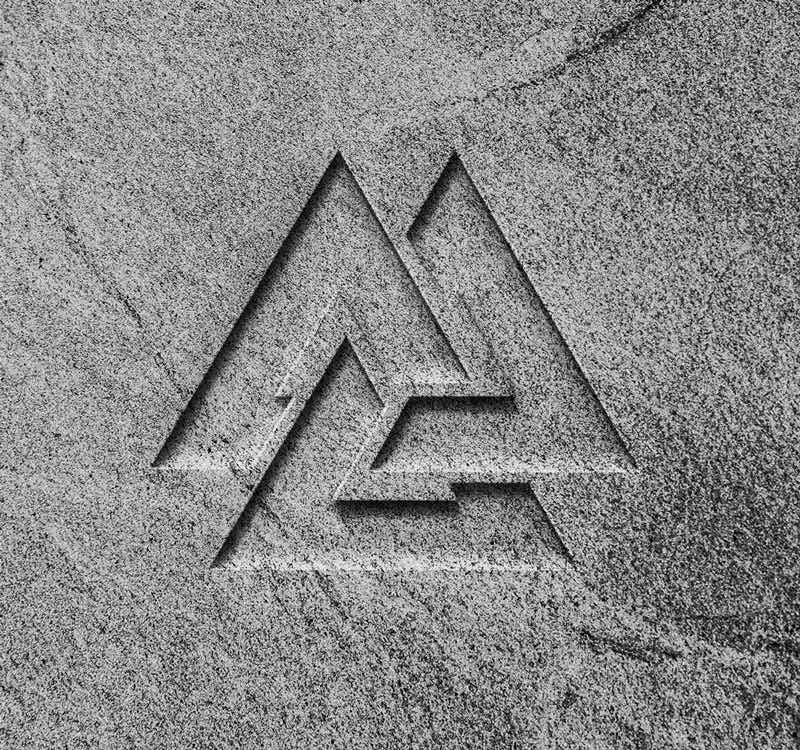
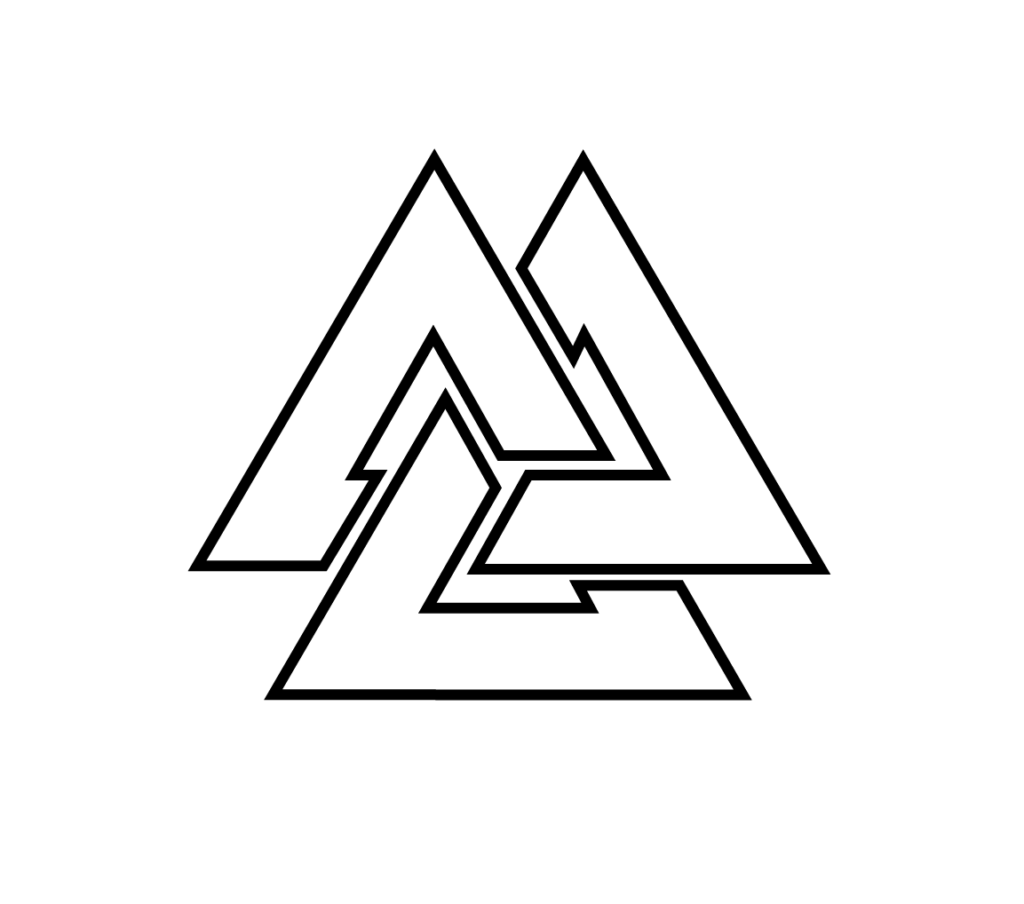
Wolves: Odin’s fierce companions
The wolves Geri and Freki, who were Odin’s devoted friends, are also among the most well-known symbols connected to him. These vicious wolves, which represent Odin’s unrelenting quest for knowledge and his fierce fighting spirit, are frequently seen beside the god. They stand in for Odin’s link to the fundamental powers of nature and act as his devoted protectors.
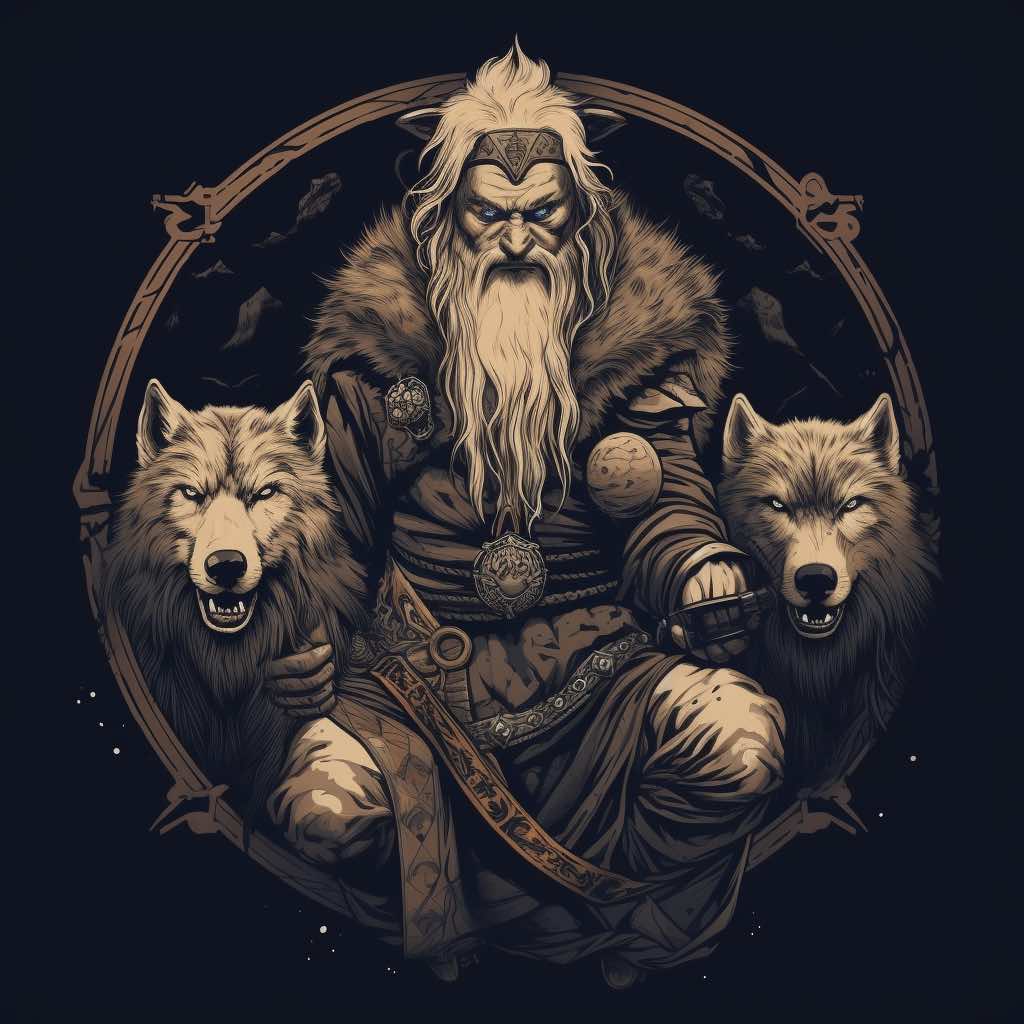
Odin Symbols: Ravens Huginn and Muninn
In addition to the Valknut and his wolves, Odin is strongly linked to a number of other symbols that reflect various facets of his personality. Another well-known symbol of Odin is the raven, and Odin had two devoted ravens named Huginn and Muninn. Huginn and Muninn respectively indicate “Thought” and “Memory.” These perceptive birds serve as a metaphor for Odin’s intelligence, knowledge, and capacity to assemble information from all realms.
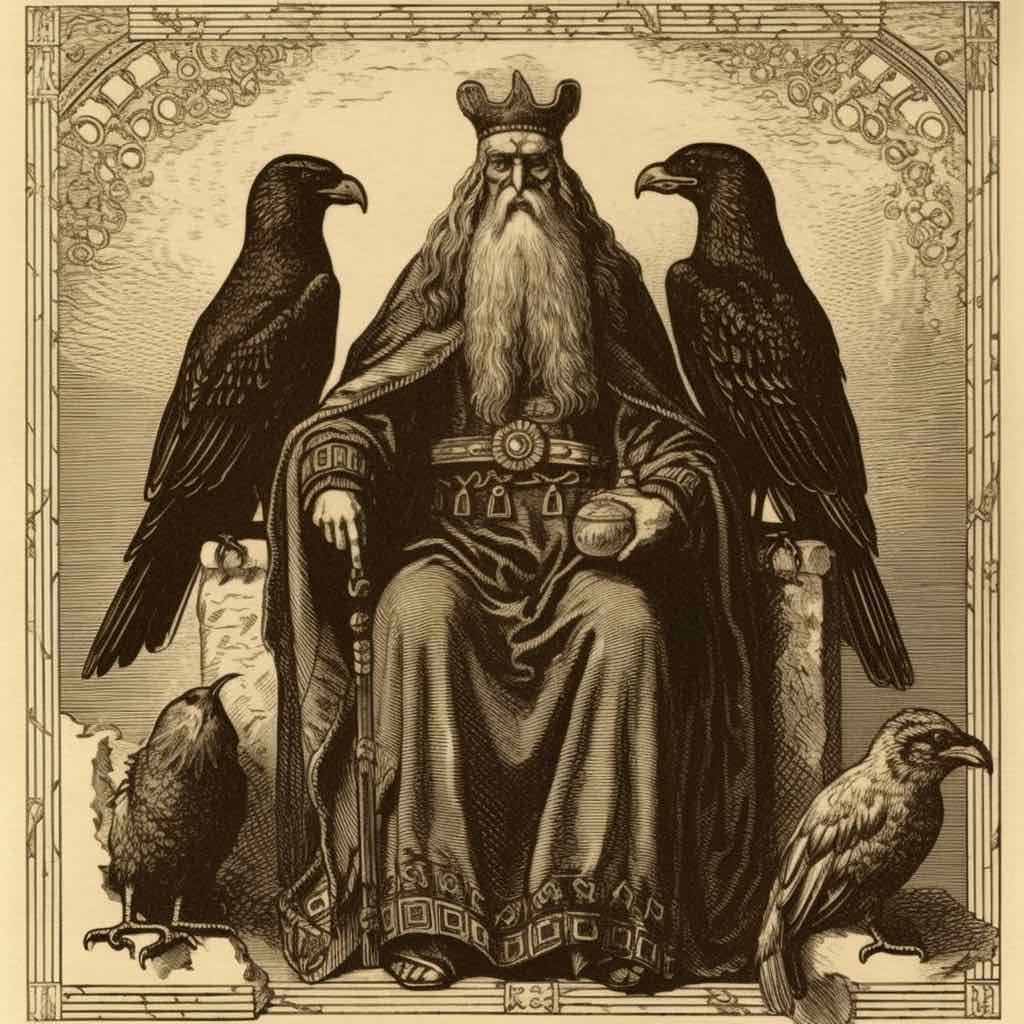
Gungnir: Odin’s symbol for strategy and might in battle
The spear, also known as Gungnir, is another important representation of Odin. Odin’s might in battle and his status as the divine warrior are symbolized by this powerful weapon. Gungnir, a symbol of Odin’s strategic awareness and unyielding will, is said to never miss its target.
Helm of Awe: the symbol of Odin’s protection
Odin is commonly linked to the Helm of Awe, a mystical emblem revered as a supernatural shield providing its wearer with courage and invincibility. This powerful symbol not only represents Odin’s protective nature but also underscores his capability to safeguard and fortify those under his watchful eye. The Helm of Awe has become a manifestation of Odin’s multifaceted guardianship, showcasing the All-Father’s intricate role as a protector and guide within the expansive realms of Norse mythology.

Sleipnir: Odin’s eight-legged horse
Sleipnir, the eight-legged horse of Odin, stands as a remarkable and mythical creature within Norse mythology. Born from the cunning and magical craftsmanship of Loki, Sleipnir is unmatched in swiftness and strength, boasting eight powerful legs that carry Odin across the realms. Often depicted as a majestic and otherworldly steed, Sleipnir serves as Odin’s loyal companion, navigating the vast cosmos and bridging realms with unparalleled speed. This extraordinary horse symbolizes Odin’s connection to the supernatural and the transcendent, embodying the god’s ability to traverse between worlds, whether in pursuit of wisdom or to fulfill his role as the All-Father in the grand tapestry of Norse lore. Sleipnir’s eight legs, a symbol of exceptional speed and agility, contribute to the rich symbolism associated with Odin, further illustrating the depth and complexity of the All-Father’s character in the intricate mosaic of Norse mythology.
Conclusion of Symbol of Odin
Odin’s symbols provide a window into the fascinating world of Norse mythology and the imposing presence of this mysterious Viking god. Each of Odin’s symbols, from the Valknut to Sleipnir, has a rich symbolism and reveals various facets of his multifaceted personality. The symbols of Odin represent his knowledge, ferocity, and divine qualities. By delving into these symbols, we can better understand the prehistoric Norse beliefs and come to understand the fascinating myths and legends that surround the powerful god.
